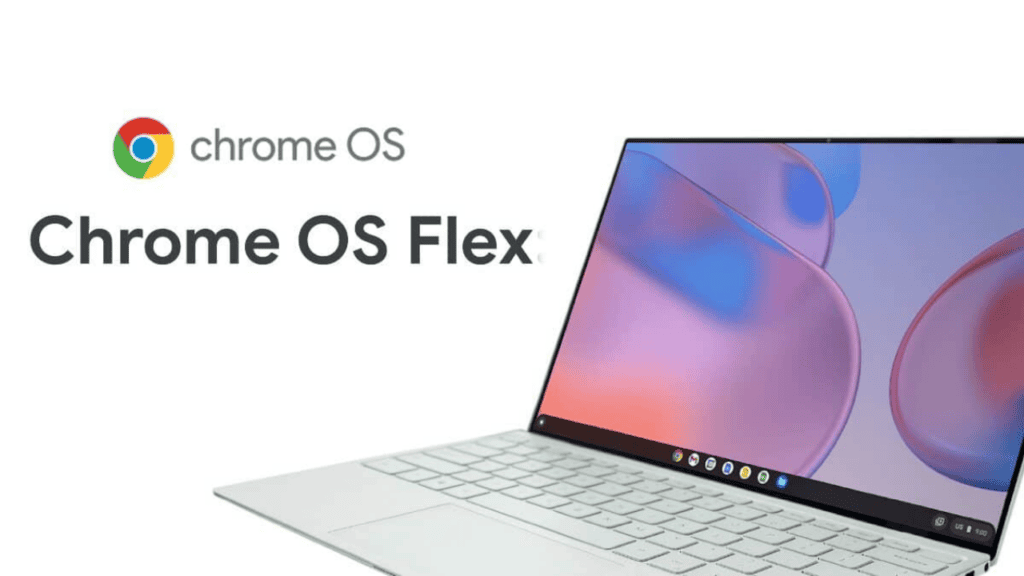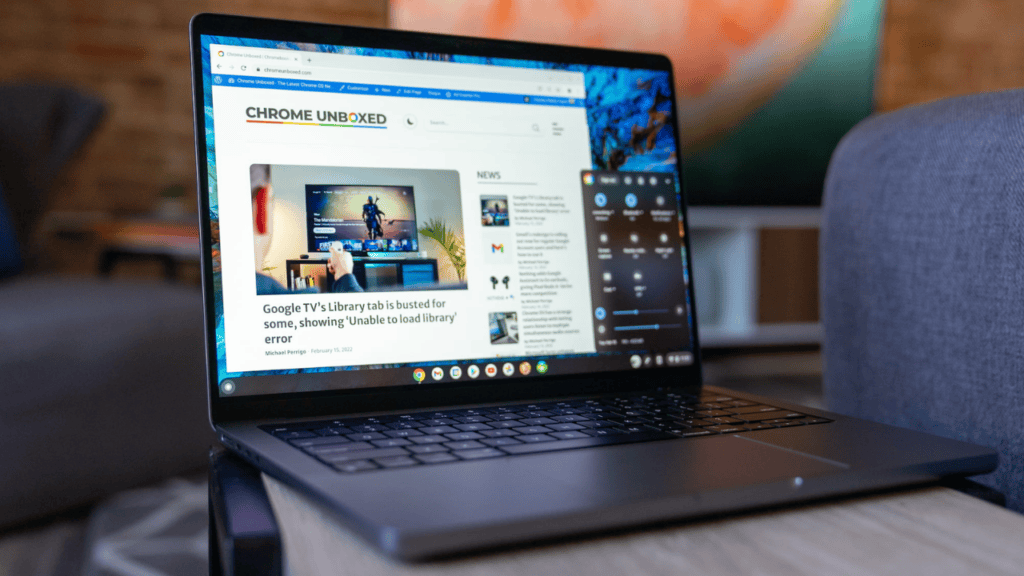What is Google’s Chrome OS Flex
Complicated is the world of end-user computing. Businesses and educational institutions have it even more difficult. Managing older devices and adding security add-ons can be time-consuming for employees, students, and IT staff. Since its release in 2010, Chrome OS has become a superior alternative. In contrast to laptops, Chromebooks don’t slow down, stay up-to-date, provide proactive protection, and are easy to maintain.
Google purchased Neverware in 2020:
In order to assist even more enterprises use a contemporary computing solution. As the creators of CloudReady, a Chromium OS-based operating system, they’ve assisted numerous businesses and educational institutions, including Nordic Choice Hotels, ABN AMRO, and MyGate, in modernising their PCs and Macs. The features of CloudReady have been incorporated into a new version of Chrome OS since then.
Chrome OS Flex, a cloud-first operating system for PCs and Macs, is now available
Google’s new operating system, Chrome OS Flex, is available for free download. It’s designed to work with Google’s sophisticated cloud-based administration, making it ideal for corporations and schools. Using Chrome OS Flex, you may take use of the advantages of Chrome OS on PCs and Macs that you currently own.
Fast-paced, cutting-edge workplace:
Web apps and virtualization are quickly accessible in a clutter-free environment thanks to Chrome OS Flex. Chrome OS Flex starts up quickly and does not degrade in performance throughout the course of use. In addition, users benefit from decreased downtime thanks to automatic system updates.
Antivirus Software
Antivirus software isn’t necessary with Chrome OS Flex’s proactive security against the latest threats. Chrome OS Flex includes built-in protection against threats like as viruses, ransomware, and phishing via frequent security upgrades. Security risks can only enter the system through a single tab or programme because of sandbox technology, because of the read-only OS, and because the executable files that are most commonly used to conceal malware are blocked by Google Safe Browsing. Even if a device is lost or stolen, IT can remotely delete the device’s data.
It’s simple to set up and manage:
IT personnel can deploy Chrome OS Flex by USB or network in a matter of minutes. After logging in, the cloud profile of the user is downloaded and all of their bookmarks, policies, and preferences are instantly synced. The Google Admin console, which is hosted in the cloud, provides IT with a powerful and straightforward administration tool. Using over 500 policies and restrictions, getting started is still simple with Google’s recommended pre-set policies.
How to Use Chrome OS Flex
To get the most out of your current fleet of devices with a long-term, sustainable solution. Instead of throwing out old computers and Macs, consider upgrading them with a more up-to-date operating system to cut down on e-waste.
Participate now in shaping Chrome OS Flex’s future.
Chrome OS Flex has been tested by Googlers and other significant customers. Our goal is to collect your feedback by giving you a first glimpse of the product.
All you need to get started is a USB drive and a PC or Mac that is compatible with the software, which can be downloaded for free. If you don’t want to risk downloading Chrome OS Flex, you can boot directly from a USB drive to test it out. Install Chrome OS Flex on your PC or Mac when you’re ready to replace your current operating system and get the most out of it. When using Chrome OS Flex, it’s crucial to note that it’s under early access and available on the developer channel. It’s getting better all the time, but you may expect some bugs. When Chrome OS Flex is released in a stable form in the future months, CloudReady users will be eligible for a free upgrade to Chrome OS Flex. The Chrome OS Flex page has a wealth of information and examples of devices that are officially supported. It’s possible to secure and manage your Chrome OS Flex devices by starting a free trial of Chrome Enterprise Upgrade for modern computing combined with cloud-first administration.
Also Read: Google News gets a redesigned, more customizable UI on desktop Samsung Galaxy A53 5G vs Google Pixel 6a-trendblog.net Google Pixel Android 13 updates revealed here Google Pixel 7 Release Date & Series Will Feature QHD
Q1: What is Google’s Chrome OS Flex?
Due to Google’s extensive testing and verification of devices from a wide range of OEMs, Chrome OS Flex is best suited for organizations using older Windows PCs. It’s possible to run Flex on some 10-year-old MacBooks.
Q2: Is Chrome OS Flex the same as Chrome?
Differences between different keyboards: Flex devices don’t have the same keyboard layout as Chrome OS. Instead, they’re using the OS and keyboard shortcuts that came with it. Chrome OS Flex devices don’t have the same keyboard shortcuts or function keys as Chromebooks.
Q3: What are my options in Chrome OS Flex?
Scaled contemporary computing is now possible because to: Anti-malware and employee error protection is key in today’s world, and ChromeOS Flex does just that. Using a USB stick or your company’s network, you may quickly deploy ChromeOS Flex.
Q4: Where can I get Chrome OS Flex?
In order to provide your users access to many of the features offered on Chrome OS devices, you may install Chrome OS Flex on Windows, Mac, or Linux computers. Included in this How-To Guide for Setup are the following resources: Detailed instructions on how to construct a USB installer for Chrome OS Flex, as well as how to download the image.
Q5: Is Chrome OS Flex capable of replacing Windows?
Chrome OS Flex is a newer version of Google’s CloudReady technology, according to the company. Google has developed Chrome OS Flex, a method for converting existing Windows and Mac computers into Chromebooks by replacing their operating system Δ Contact Us :- trendblog.guest@gmail.com





